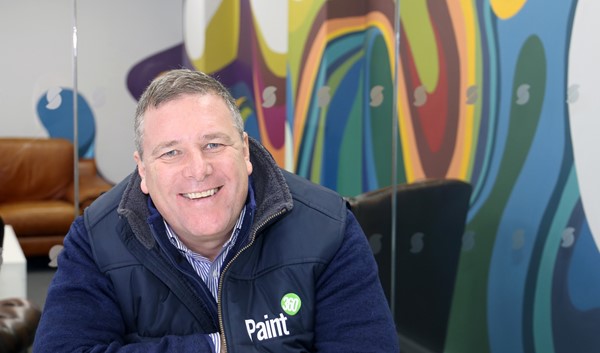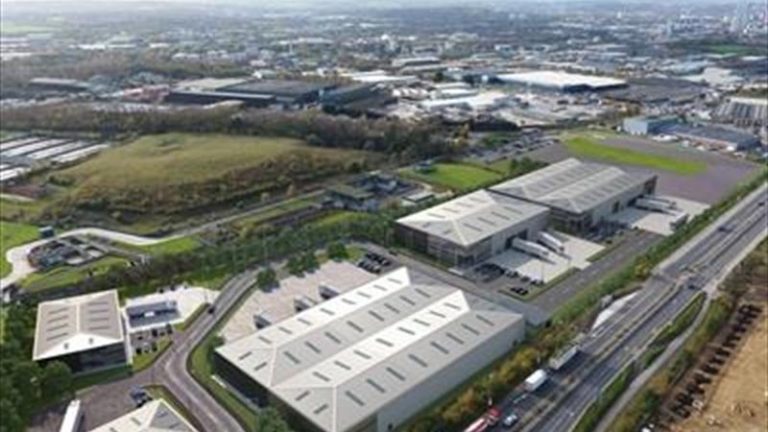In 2020 the planet closed down like never before. Governments worldwide, faced with the threat of a highly contagious deadly virus, were caught in the dilemma of saving lives or saving the economy. Somewhere in the middle of this dilemma lay questions about the future and our performance as human beings on a living planet. The crisis is a stark reminder that our future as a species lays somewhere in an optimal balance of wellbeing, economy, and climate. The crisis has also accelerated ideas practices in several industries that were predicted to take years to unfold. Construction is no different. The evident need to use the technologies at our disposal to create more net-zero buildings and homes has risen quickly to the summit of the agenda. There is a pressing need in construction to reduce the carbon footprint significantly, digitize design and delivery and recast supply chains. To achieve net-zero homes in the near future, construction professionals will have to work collaboratively to implement design and processes that complement each other to deliver the best possible outcomes. In that past, builders may have been primarily concerned with land, but now the sun’s position is more relevant. Industry experts must be consulted, and the building has to be carefully planned. Finally, a net-zero home will not become a reality with responsible ownership. Effective systems and appliances must be invested in by the homeowners to maximize efficiency and reduce carbon reliance. This will include solar systems, geothermal systems, and Energy Star appliances; since the point of creating highly energy efficient homes is so that homeowners can benefit from reduced costs and smaller carbon footprints, that’s why the culture of energy efficient lifestyles must also be encouraged. Energy-Efficient Design The coronavirus pandemic has posed the question of how to make our construction projects more sustainable as we work towards a net-zero construction standard. There are already technologies in place, and some emerging, that can help us to design and build carbon-neutral structures, but the deployment of such technologies and techniques is still fairly specialized. That said, there are ways to transpose current methodology for standard construction onto more progressive projects. The design stage is crucial. In the beginning, specialized architects and designers must be either hired or consulted to ensure the project is well planned. These specialists are more familiar with the latest technologies and net-zero techniques that will help the project save money and ensure its success. Specialized contractors such as these understand the needs of the project and the technologies at their disposal. They can outline a build based on the end result, factoring in essential carbon neutrality elements, such as site selection, climate, size, R-value, ventilation, and insulation. As with any build, a net-zero build needs careful planning, but there is more to consider in the case of net-zero builds. Designer selection is one of these factors. In a standard build, the designer might be looking at the land, but a net-zero builder will consider the building’s position in relation to the sun. The type of climate will also be considered, as this can affect the home or building’s overall energy capacity. Hiring designers with experience will ensure all these factors are considered and implemented. Green Construction Technology For net-zero construction to be successful, builders must utilize the latest technologies. The latest green technologies can help builders model the construction and assess its energy needs and possibilities; this helps to visualize the construction and better optimize it. Furthermore, prefabricated construction technologies help to reduce the carbon output of the construction process and create better, more insulated structures. Image Credit Energy modeling software is specially designed to optimize the project for efficiency and cost. It identifies the least expensive materials and processes required to build a highly energy-efficient building and eliminates any human error. For example, modeling software can quickly analyze two types of pump, a heat pump, and an air pump, and update the builder on the best device for the property – the most energy-efficient one. Another useful green construction technology is Information Management Technology (BIM), which creates 3D models of a building as and when they’re needed. The 3D models help builders to make decisions on the prefabricated orders that are manufactured separately. Prefabricated construction methods also qualify as a green construction technology. They reduce an excellent way of making the building process more efficient and reducing the build’s carbon footprint. The combination of modeling types and prefabricated builds is the latest in net-zero construction technology. Without question, these methods will be overtaken in the coming years, particularly with the acceleration of net-zero demand. For now, though, they offer the best road map to net-zero success. Net-Zero Insulation Methods One of the best ways to make a building energy efficient and contribute to net-zero construction is effective insulation. Super-sealing refers to the process of air- sealing a building to eliminate unwanted heat loss. Regardless of the heat generation process, the building will store energy for longer, allowing it to improve its efficiency rating. To super-seal a building and reduce energy consumption, a continuous seal is applied inside the building. This seal is used within the structure to ensure the drywall runs at its highest energy efficiency capability. It also ensures there is optimal cooling within the structure. This kind of high-tech energy control is crucial to net-zero construction. Techniques used by net-zero design specialists include the use of airtight drywall (ADA). To super insulate a home, it’s important to seal the outer wall using double construction. It’s also vital to seal the inner wall and all cavities in the building: these include doors, windows, attics, crawl spaces, and electric boxes. Along with super sealing the building, you will also need super-insulation. It is the combination of these two techniques that give buildings under construction the best chance of achieving net-zero status. Without implementing these twin processes, other energy efficiency measures taken in the building will be largely ineffective. Designers know this and recommend adequate know-how and planning.











